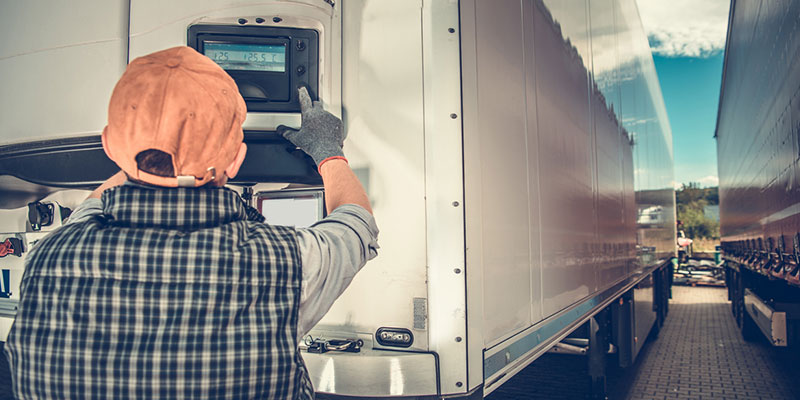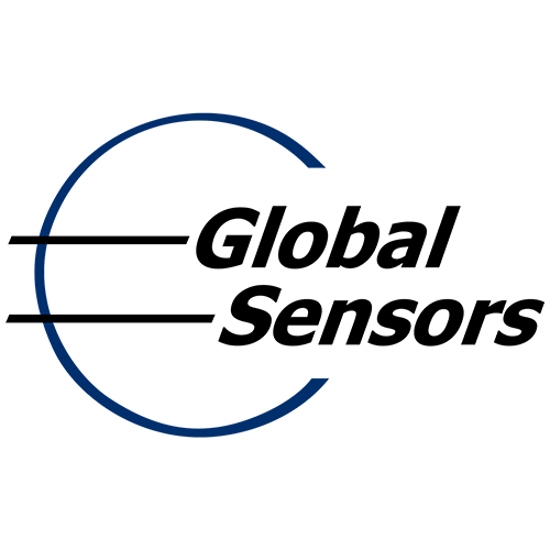If you work in the pharmaceutical industry, then you already know all about how to store vaccines in order to ensure that they remain effective. In order to keep vaccines at sufficiently low temperatures, you’ll need reliable temperature monitors to give you precise, accurate, and timely feedback so that you can make adjustments as necessary. Our team at Global Sensors has extensive experience in this field, and in this article, we’ll go over more about how to choose the right vaccine temperature monitor for your needs.

- Data Collection- First, make sure to choose a vaccine temperature monitor that meets all of your needs for data collection. You know how precise you need your measurements to be, so be sure to select monitors that provide that level of sensitivity. You should also check for accuracy and reliability–does the monitor read the correct temperature, and does it do so consistently? Our team is here to help you compare a variety of temperature monitors and choose which one is best for your operation.
- Data Logging- Next, look at a vaccine temperature monitor’s data logging capabilities. A single temperature reading tells you what you need to know in the moment, but it doesn’t allow you to analyze patterns or identify weaknesses in your operation. In addition, you need to be able to tell if a vaccine has exceeded its safe temperature range at any point, and the only way you’ll be able to do that is with a temperature monitor that logs its data. On top of that, logging the temperature data of a vaccine in transit is required by multiple federal agencies, including the FCC and FDA. Our team will help you find the right temperature monitor to keep you compliant with all relevant regulations.



